Home / Most downloaded 15

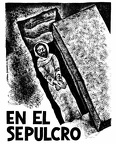 14 - Jesus is laid in the tomb
14 - Jesus is laid in the tomb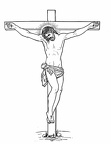 Crucifixion
Crucifixion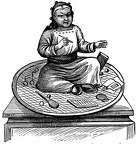 Chinese Boy choosing Toys
Chinese Boy choosing Toys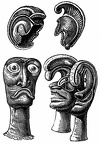 Helmets and Idol-heads of Feathers, Hawaii
Helmets and Idol-heads of Feathers, Hawaii Egyptian Crotola or Castanets
Egyptian Crotola or Castanets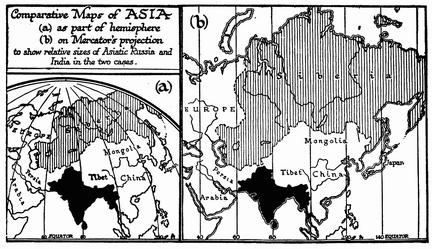 Comparative Maps of Asia under Different Projections
Comparative Maps of Asia under Different Projections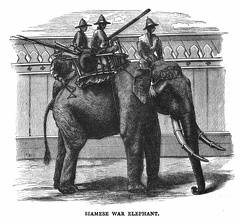 Siamese War Elephant
Siamese War Elephant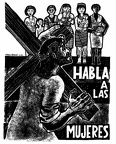 08 - Jesus meets the women of Jerusalem
08 - Jesus meets the women of Jerusalem Bathynomus giganteus
Bathynomus giganteus Viola da gamba
Viola da gamba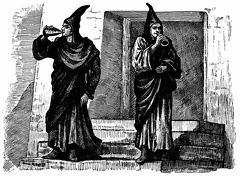 Tibetan Lamas blowing on Shells
Tibetan Lamas blowing on Shells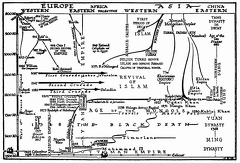 Time-chart A.D. 800-A.D. 1500
Time-chart A.D. 800-A.D. 1500 Boys' Concert—Flute, Drum, and Song
Boys' Concert—Flute, Drum, and Song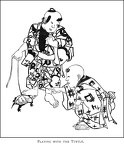 Playing with the Turtle
Playing with the Turtle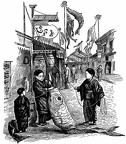 Boys’ Festival, Japan
Boys’ Festival, Japan



